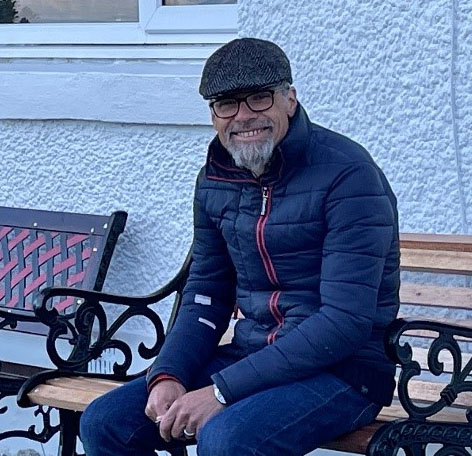Keynote Speaker

Prof. Luca Susmel
Professor of Structural Integrity, the University of Sheffield, UKSpeech Title: Cracking behaviour and static assessment of notched additively manufactured polylactide
Abstract: The aim of this talk is to investigate the accuracy of the Theory of Critical Distances (TCD) in estimating static strength of notched additively manufactured PLA as notch sharpness, infill angle and infill level vary. The TCD takes as its starting point the assumption that the extent of damage under static loading can be assessed successfully by using two different material parameters, i.e. (i) a critical distance whose length is closely related to the material microstructural features and an inherent (i.e., a defect free) material strength. Plain and notched specimens of 3D-printed PLA were manufactured (with different in-fill level) by making the deposition angle vary in the range 0°-90°. Using the TCD, failures were predicted by directly post-processing the linear-elastic stress fields determined by solving standard Finite Element (FE) models. Independently of notch sharpness, printing direction and infill level, the estimates being obtained were found to be highly accurate, falling within an error interval of about 20%. This result fully supports the idea that the TCD can successfully be used in situations of practical interest to design against static loading notched components of additively manufactured PLA by directly post-processing the results from simple linear-elastic FE models.
Biography: Luca Susmel joined the University of Sheffield in 2011 as Professor of Structural Integrity. Since 1998 Luca has focused his attention mainly on problems related to the static, dynamic and fatigue assessment of engineering materials and components. In particular, by working both in Italy (University of Padova, University of Ferrara, University of Udine), in Ireland (Trinity College, Dublin), and in the UK (university of Sheffield), he has devised several novel engineering methods suitable for designing components (experiencing stress concentration phenomena of any kind) against static, dynamic and fatigue failures. According to his modus operandi, Luca has performed both theoretical and experimental investigations and all the design methods he has formalised so far have always been validated through a systematic experimental work. Luca has an outstanding and unique expertise in designing notched and welded components against constant and variable amplitude multiaxial fatigue.
The work done in the above research areas has led to more than 350 scientific papers in the period 1999-2022 (of which more than 135 articles in international peer-reviewed scientific journals) as well as to a book devoted to the multiaxial fatigue assessment (Susmel, L., Multiaxial Notch Fatigue: from nominal to local stress-strain quantities. Woodhead & CRC, Cambridge, UK, ISBN: 1 84569 582 8, March 2009). His scientific papers have attracted significant interest from the international scientific community, evidenced by an h-index of 38 with more than 5.65k citations in total according to Google Scholar. He is a member of the Editorial Boards of the two leading international journals in the fatigue and fracture field, namely “International Journal of Fatigue” and “Fatigue & Fracture of Engineering Materials & Structures”. Luca is the Editor-in-Chief of “Theoretical and Applied Fracture Mechanics” (published by Elsevier) which is one of the top journals in the fracture mechanics field (Impact Factor=3.021).
Luca has developed a software specifically designed to perform the fatigue assessment of plain/notched/welded components subjected to both constant and variable amplitude uniaxial/multiaxial fatigue loading (Copyright document N. 007849-D007048).
As to the transfer of his research’s outcomes into engineering practice, in recent years, and especially after the publication of his book, Luca’s expertise has been sought on many occasions by several structural engineering (working in both European and non-European companies) successfully using the approaches developed by Luca himself to design real components and structures.
Since the end of the 90s, Luca has been involved both as primary investigator and as co-investigator in a very large number of research projects funded by national public funding bodies, European Community, Trusts, and private companies.
